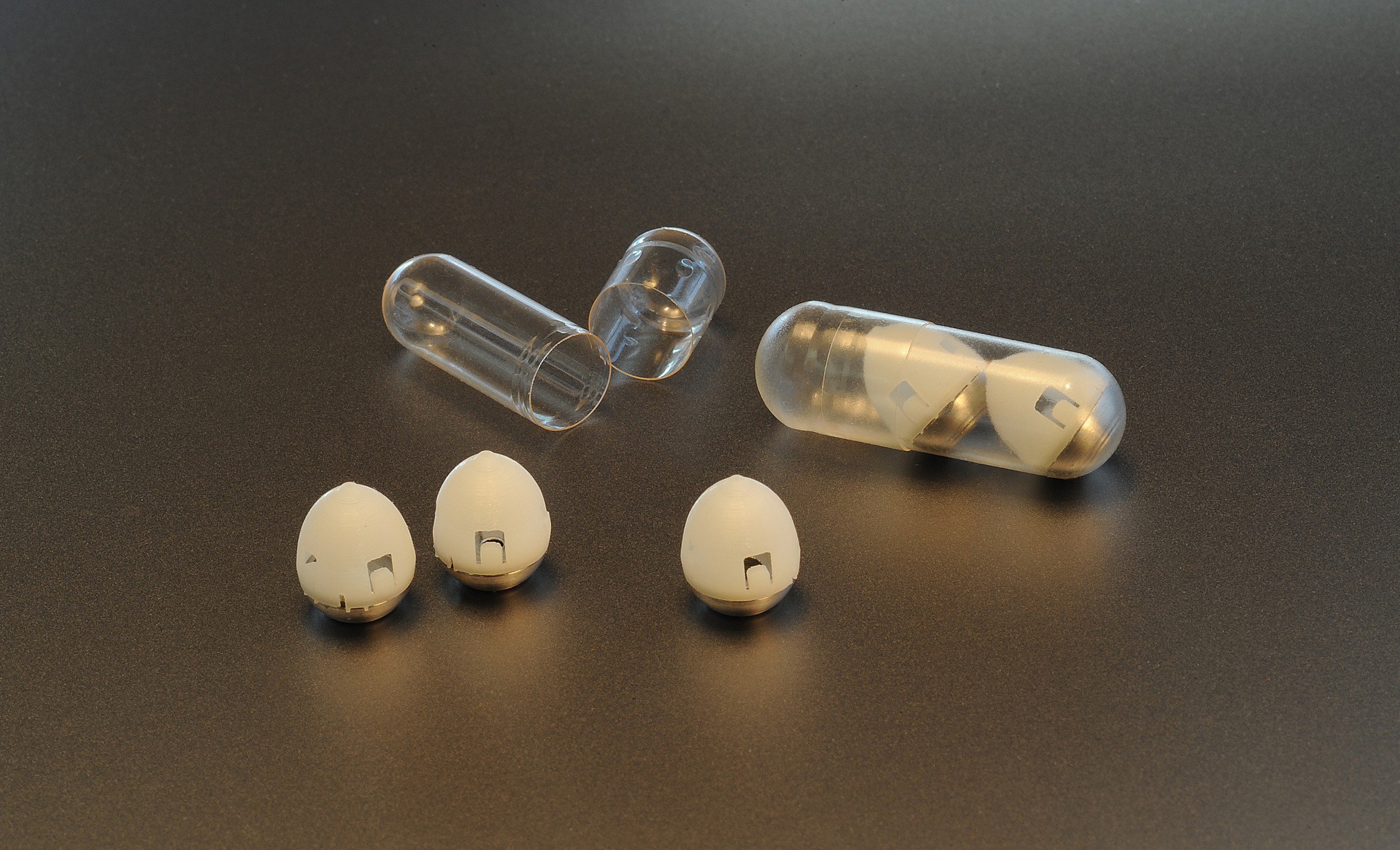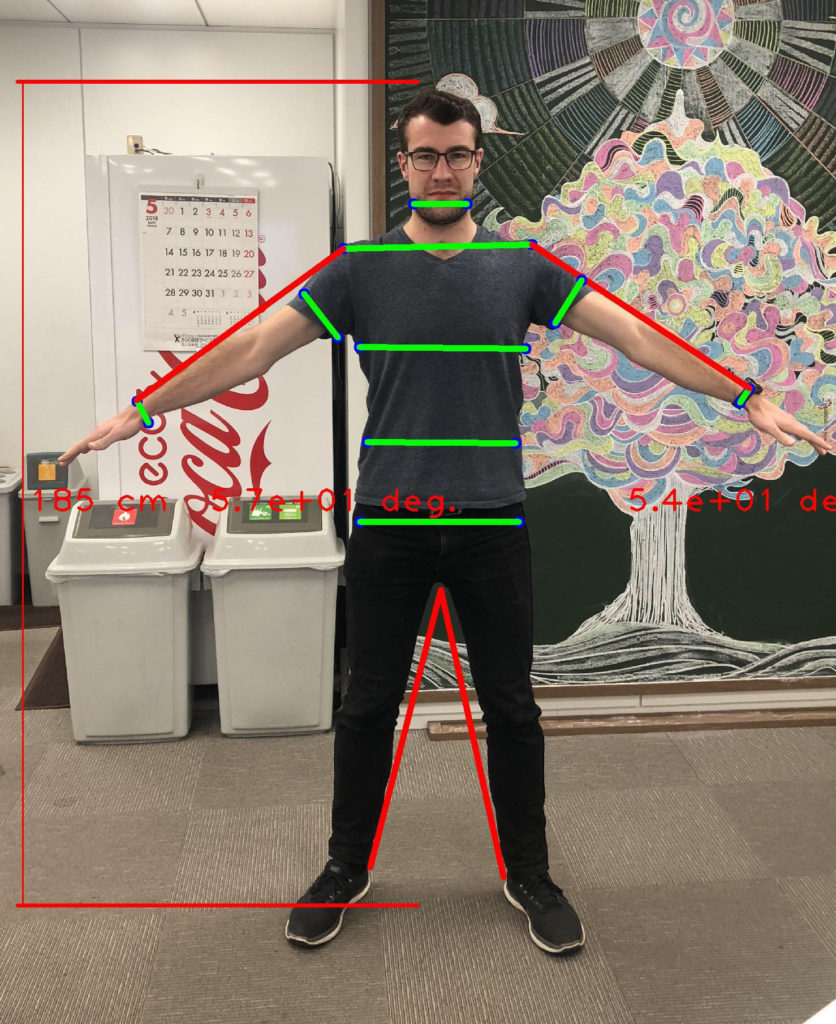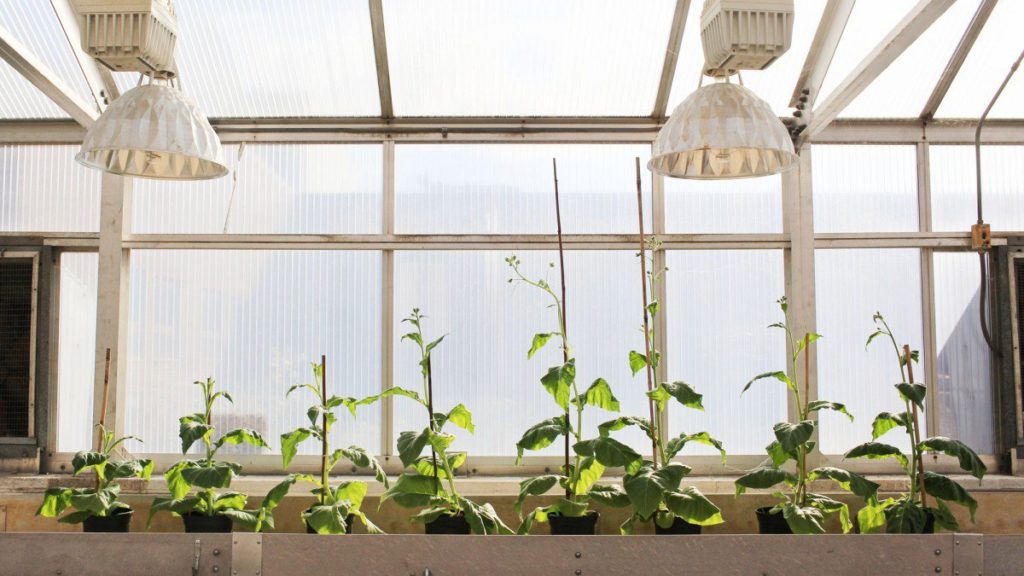Scientists from MIT (Massachusetts Institute of Technology), Harvard Medical School, Brigham and Women’s Hospital and Novo Nordisk collaborate on creating a new kind of drug which aim is to make diabetics’ lives easier and less painful.
Nowadays people suffering from diabetes have to inject insulin multiple times per day to maintain a proper blood glucose level. For the last 100 years scientists tried to find a way to make insulin possible to be taken orally, which is quite a challenge, because many pharmaceutical compounds can’t survive the stomach’s harsh, acidic environment.
The new device created by previously mentioned scientists is about to finally allow diabetics to put injections off and make the whole process a lot easier. The smart pill works by attaching itself to the inside of the stomach and then injecting a payload through the gastric wall. Once the sugar glass that surrounds it is dissolved by acid in the stomach a tiny needle is released and a patient gets a proper dose of insulin.
The current injection is not the most comfortable process because of the pain related to inserting the needle into veins, right? Taking this smart pill orally means the injection will be done inside your stomach, which exactly means that you will not feel any pain. Why? According to Robert Langer, coauthor of the whole project, there are no pain receptors within the gastrointestinal tract.
Moreover, the shape of the pill is inspired by the shape of a leopard tortoise’s shell, which automatically self-rights no matter how it lands – that kind of structure ensures that the device will attach to the gastric wall every time. It’s worth noting that the whole project is still at the proof-of-concept stage and has only been tested in animals, so the device won’t be available in the nearest future.
So, what are your thoughts on this topic? Do you think that in the futue smart pills will be a common thing? Let me know down below!
Sources:
https://www.technologyreview.com/the-download/612917/smart-pills-filled-with-tiny-needles-could-inject-medicine-directly-into-your/
https://www.sciencemag.org/news/2019/02/pills-armed-tiny-needles-could-inject-insulin-other-important-meds-directly-stomach?r3f_986=https://www.google.com/













